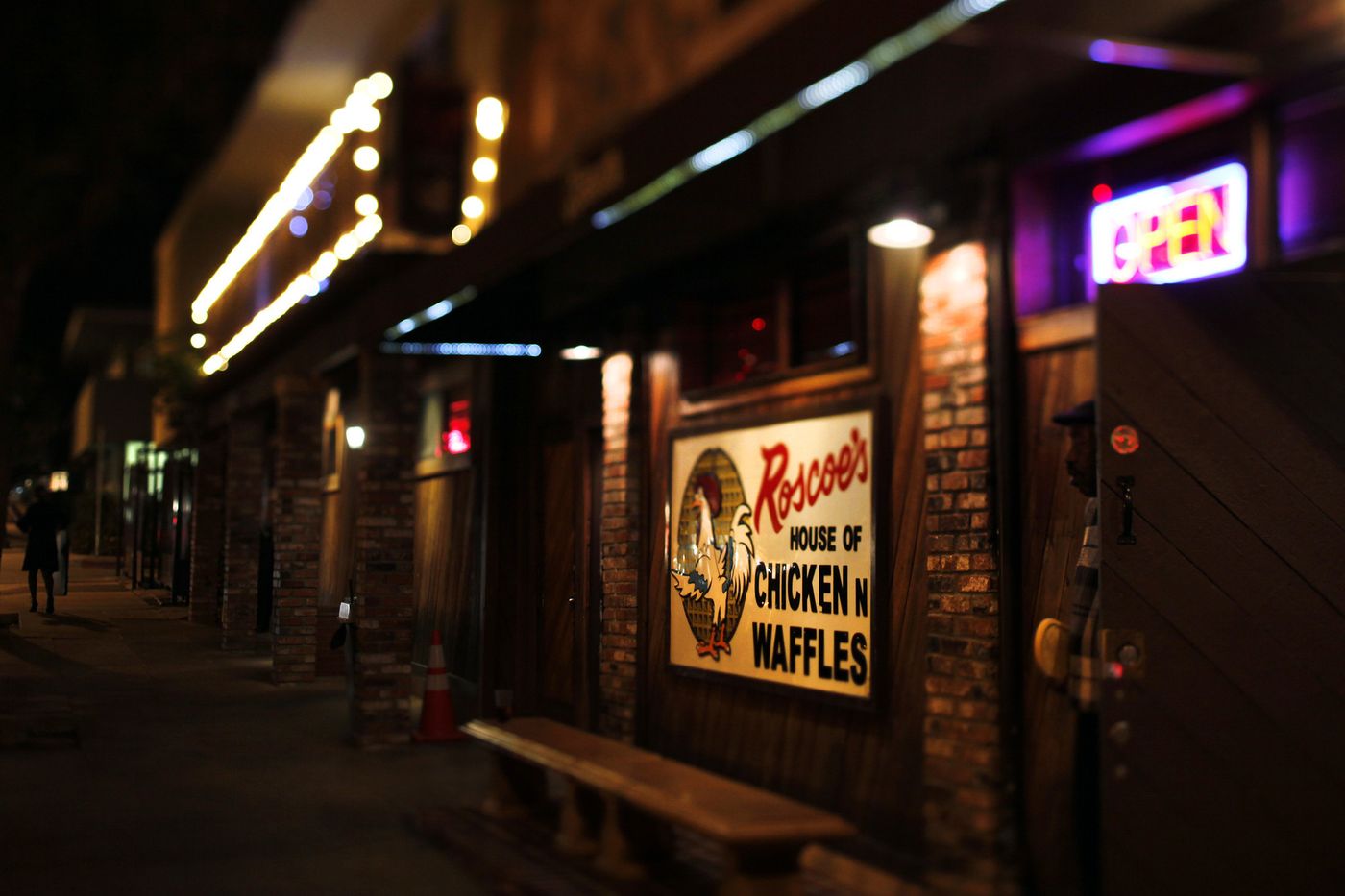
5 takeaways worth learning if your business is facing challenges Running a restaurant can be risky. One Ohio State University study found that 60 percent of establishments close in the first three years. Adding to risk are the mistakes owners make, even if they’re experienced business people.
For Roscoe’s , a chain of California restaurants, a bankruptcy led to much-needed changes in structure and operating procedures. Greg and Pamela Buss, owners of the dog-friendly Fetch Bistro in Wichita, KS, had to refine their restaurant’s concept, décor, and tracking system, even though they’d run a successful eatery before.
Both businesses recovered—Roscoe’s with the help of The Next Idea, a restaurant consultant group that took charge of four of the failing restaurants, and Fetch Bistro, with the input of Gordon Ramsey, who featured the struggling restaurant on an episode of 24 Hours to Hell and Back.
Here are some of the changes each establishment made—and why these transformations made a difference
- Institute standard operating procedures
At Roscoe’s, there were multiple ways of doing things and they were convoluted,” explains Robert Ancill, the CEO of The Next Idea. For example, the cooking was inconsistent from location to location—and even in the same restaurant, depending on which cook was in the kitchen that day. The way servers were allocated to tables also depended on the location. “There was no set way of doing things,” Ancill notes. That changed when Ancill put in a point-of-service system (POS) for the four establishments his group was tasked with turning around. With a structure in place, the restaurants could implement table plans and best practices in the kitchen. A management-training program that focused on customer service as well as how to motivate employees and manage morale also helped.
Fetch Bistro had similar problems with consistency. The cooks lacked recipes for the 55 items on the menu, resulting in an uneven presentation. And because there were no rules for how the dogs behaved meant there were four-legged customers clambering onto the booths, eating from tables, or playing with one another as their owners tried to eat. New customers were often confused by Fetch Bistro’s concept: “They’d ask ‘Do you have to have a dog to eat here?’” says Greg.
The answer was no, but with dogs running amok, how could customers tell? The eatery now has posted rules, which include leashing up pets. Those, along with a dog run out on the patio and canine-only dishware, have helped curb bad-doggie behavior. The Busses also cut back the offerings to about 20 items, each with a set recipe.
At Fetch Bistro, servers used pen and paper to take down orders and then run them to the kitchen. When a cook couldn’t read the server’s handwriting or a ticket got misplaced, customers got their food in haphazard order and got annoyed. Servers also had to wait in the kitchen for the dishes, which meant they weren’t out on the floor attending to customers. Now servers use tablets to take orders, which are sent directly to the kitchen and can be more attentive to their customers’ needs.
“A POS represents the heartbeat of the business in many ways,” Ancill explains. “If you don’t have a POS, then you’re always at risk of not understanding your business and not knowing your numbers.” Once he instituted TouchBistro at Roscoe’s, his group could get actual data and act on it.
The Busses also put in TouchBistro’s POS. “For the first time, I could manage our expenses in real time and try to make sure every penny that came in did not go to waste,” Greg notes. The POS also helped him track what went on the restaurant on an hourly basis so he could distinguish busy times from slower ones, without relying on his memory.
It doesn’t matter which POS you use—you want a system that’s affordable, easy to use, and gives you the right information quickly. “When people don’t know their numbers, they don’t know if they’re doing well or not. They either don’t have a proper log or their books aren’t done every month, or if they are, they’re not looking at them and they’re not identifying where they’re losing money,” Ancill notes. If your data is organized you can understand what your problem is. “Like anything, you can’t fix a problem if you don’t actually know what it is,” he adds.
Yes, it helps when Gordon Ramsey’s team renovates your restaurant and tosses out the booths and old-fashioned tables and chairs that were leftover from the previous business. But the widely spaced, light-colored tables that were put in their place gave Fetch Bistro a clean, open, organized look and one that was easier to keep clean, Greg notes. A small nook turned into a photo booth, where people and their pooches can pose for pictures to take home.
“The changes have given our place a much more relaxed, fun vibe for people and pets, but not at the expense of the food or the service,” says Greg, who adds that he and his wife are seeing better results, thanks to all the transformations.
At Roscoe’s things have also changed for the better. “Everything is being done correctly—taxes are being paid and payroll is being handled properly,” Ancill says. The chain is no longer in Chapter 11, and there’s a plan in place so the owner can take the business back.
Structure is a good thing. Without it, your establishment runs the risk of joining the restaurants that don’t make it.
For Further Information : Failing Restaurants: How Two Establishments Turned Themselves Around








